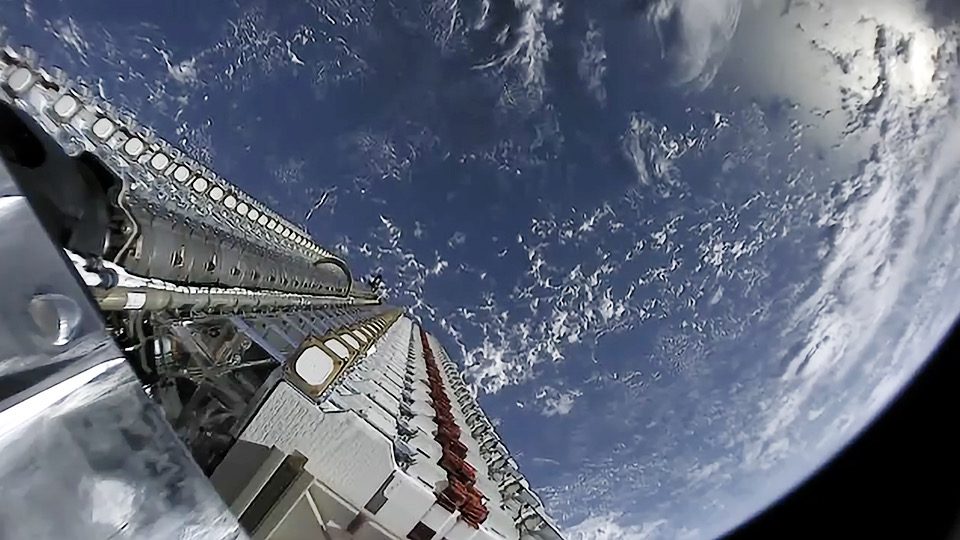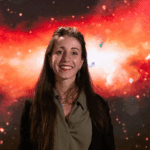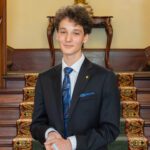Curtin University researchers have undertaken the world’s biggest survey of low frequency satellite radio emissions, finding Starlink satellites are significantly interfering with radio astronomy observations, potentially impacting discovery and research.
Unintended signals from satellites – leaked from onboard electronics – can drown out the faint radio waves astronomers use to study the universe.
Researchers from the Curtin University node of the International Centre for Radio Astronomy Research (ICRAR), hosted at the Curtin Institute of Radio Astronomy (CIRA), focused on the Starlink mega-constellation as it has the most satellites in orbit, at more than 7000 during the time of the study.
Starlink is a private satellite internet service launched by aerospace company, SpaceX, which promises faster internet connections, particularly for rural and remote areas.
The research team collected and analysed 76 million images of the sky using a prototype station for the Square Kilometre Array (SKA), which will be the world’s largest and most sensitive radio telescope once fully built later this decade.
PhD candidate and study lead Dylan Grigg said the team detected more than 112,000 radio emissions from 1806 Starlink satellites, making it the most comprehensive catalogue of satellite radio emissions at low frequencies to date.
“Starlink is the most immediate and frequent source of potential interference for radio astronomy: it launched 477 satellites during this study’s four-month data collection period alone,” Mr Grigg said.
“In some datasets, we found up to 30 per cent of our images showed interference from a Starlink satellite.”
Mr Grigg said the issue wasn’t just the number of satellites, but the strength of the signals and the frequencies they were visible at.
“Some satellites were detected emitting in bands where no signals are supposed to be present at all, such as the 703 satellites we identified at 150.8 MHz, which is meant to be protected for radio astronomy,” Mr Grigg said.
“Because they may come from components like onboard electronics and they’re not part of an intentional signal, astronomers can’t easily predict them or filter them out.”
CIRA Executive Director and study co-author John Curtin Distinguished Professor Steven Tingay said there was scope for regulatory improvement to help avoid satellites interfering with research.
“Current International Telecommunication Union regulations focus on intentional transmissions and do not cover this type of unintended emission,” Professor Tingay said.
“Starlink isn’t the only satellite network, but it is by far the biggest and its emissions are now increasingly prominent in our data.
“We hope this study adds support for international efforts to update policies that regulate the impact of this technology on radio astronomy research, that are currently underway.
“It is important to note that Starlink is not violating current regulations, so is doing nothing wrong. Discussions we have had with SpaceX on the topic have been constructive.”
Professor Tingay said satellite technology and radio astronomy were both important but needed to exist in harmony.
“We’re standing on the edge of a golden era where the SKA will help answer the biggest questions in science: how the first stars formed, what dark matter is and even test Einstein’s theories,” Professor Tingay said.
“But it needs radio silence to succeed. We recognise the deep benefits of global connectivity but we need balance and that starts with an understanding of the problem, which is the goal of our work.”
‘The Growing Impact of Unintended Starlink Broadband Emission on Radio Astronomy in the SKA-Low Frequency Range’ was published in Astronomy and Astrophysics.



